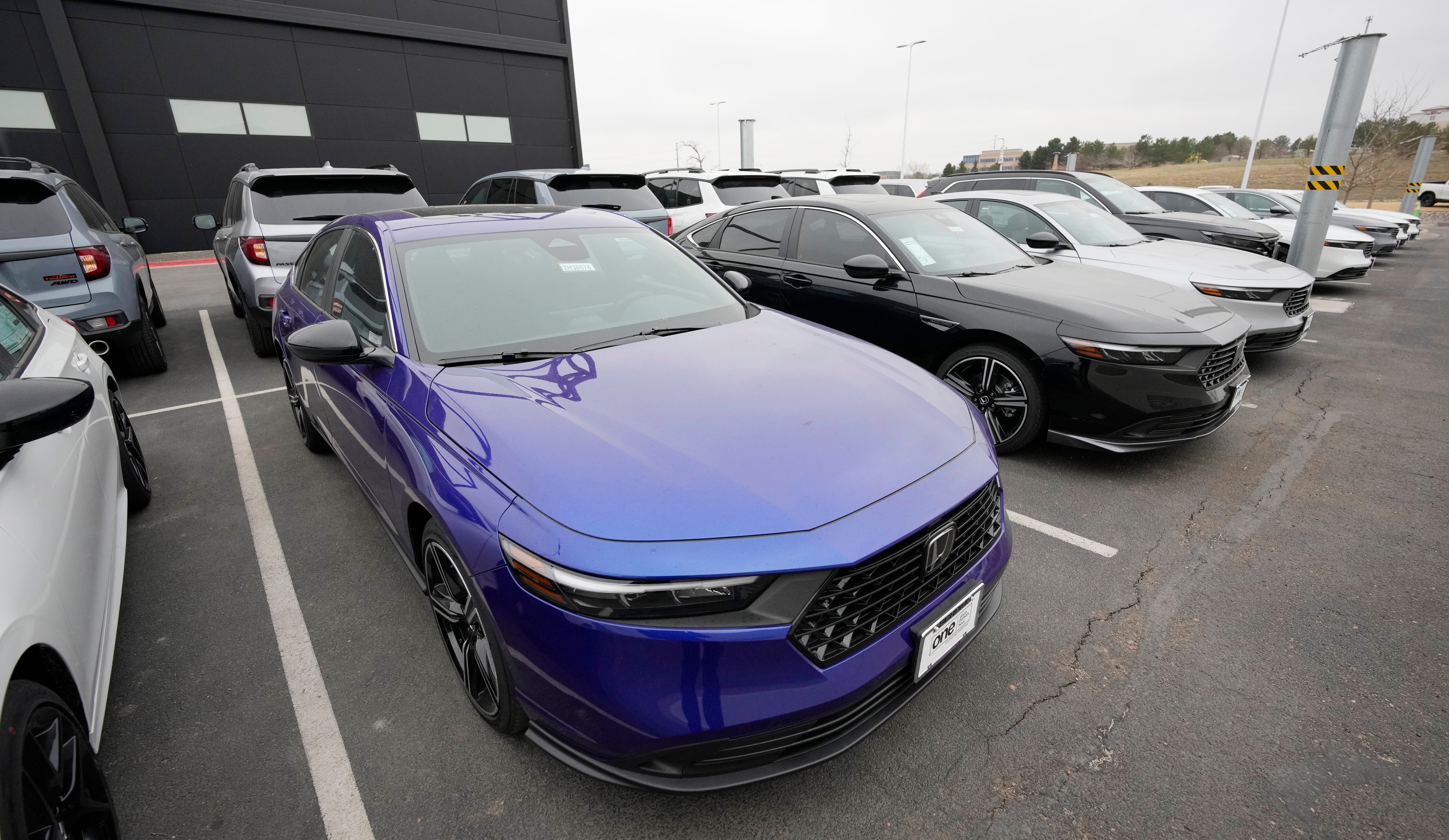US safety agency to require automatic emergency braking on new vehicles and set tougher standards
The U.S. government’s auto safety agency plans to require that all new passenger cars and light trucks include potentially life-saving automatic emergency braking and meet stricter safety standards within three years

Your support helps us to tell the story
From reproductive rights to climate change to Big Tech, The Independent is on the ground when the story is developing. Whether it's investigating the financials of Elon Musk's pro-Trump PAC or producing our latest documentary, 'The A Word', which shines a light on the American women fighting for reproductive rights, we know how important it is to parse out the facts from the messaging.
At such a critical moment in US history, we need reporters on the ground. Your donation allows us to keep sending journalists to speak to both sides of the story.
The Independent is trusted by Americans across the entire political spectrum. And unlike many other quality news outlets, we choose not to lock Americans out of our reporting and analysis with paywalls. We believe quality journalism should be available to everyone, paid for by those who can afford it.
Your support makes all the difference.The U.S. government’s auto safety agency plans to require that all new passenger cars and light trucks include potentially life-saving automatic emergency braking and meet stricter safety standards within three years.
Wednesday's announcement by the National Highway Traffic Safety Administration represents the agency's latest move toward regulating electronic systems that take on certain tasks that drivers themselves have normally done. NHTSA has been reluctant in the past to impose regulations, saying the technology will change during the time it takes to enact new rules.
Ann Carlson, the safety agency's chief counsel, says 90% of new passenger vehicles already include the braking technology under a voluntary program that automakers have approved. But she says NHTSA wants to make the braking systems more effective at higher speeds and better at avoiding pedestrians.
The regulation proposed by NHTSA will require, for example, that the systems allow vehicles to fully avoid other vehicles at up to 50 miles per hour if a driver should fail to react. If a driver brakes some but not enough to stop a collision, the system would have to avoid hitting another vehicle at up to 62 mph.
“With this proposal, we could change a high-speed crash from a deadly one to a lower-speed crash with minor injuries or just property damage,” Carlson said.
The regulations will undergo a 60-day public comment period before NHTSA will decide on a final version.
With the announcement, the agency is responding to requirements approved by Congress in the 2021 bipartisan infrastructure law that require automakers to equip new passenger vehicles with automatic braking and other safety technology.
Automatic emergency braking can detect objects in the way and stop or slow a vehicle, preventing a crash or making it less severe.